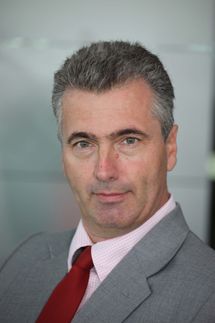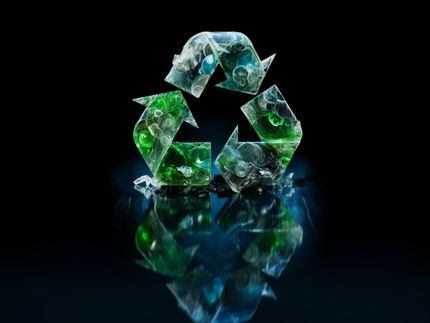WEEE Directive Forces Reduction in the Variety of Plastics Used In Electrical and Electronic Equipment
Variable "Recyclability" Of Different Plastics Will Determine Material Choice
Advertisement
The new EU legislation (Directive 2002/96/EC) regarding the collection and recycling of waste from electrical and electronic equipment (WEEE) came into effect on 13th August 2005. This means that producers of Electrical and Electronic Equipment (EEE) will now have to finance the end-of-life recycling and recovery costs of all their products. As a result, in order to bring about long-term financial savings, original equipment manufacturers (OEMs) are likely to introduce design changes to their products and plastic producers will have to adapt to these changes.
Among the many repercussions of the design changes will be a gradual reduction of the variety of plastics used in EEE products. A wider range of plastics makes the recycling process difficult and expensive due to the separation involved prior to the shredding of material. Hence, a gradual narrowing of the plastics used and a possible standardisation of grades is predicted in the long term, once collection and recycling have started.
Plastics such as polypropylene (PP) could find greater application as companies can easily modify them to cover a wider property range, thereby reducing the plastics in appliances.
Lucia Castro Diaz, Research Analyst with Frost & Sullivan notes, "The variable 'recyclability' of different plastics will also become a determining factor when OEMs choose the plastics to be used in EEE products. Plastics that are easier to recycle will command better value, thus Monomaterial (unfilled) plastics or unblended and crystalline polymers will be favoured."
On the other hand, plastics such as polyvinyl chloride (PVC) that are not easily recyclable will progressively lose value. In addition, coloured plastics that do not require paint or finish coatings will become more popular, since removal of coatings is time-consuming.
With the increased emphasis on "recyclability", some additive producers are starting to market additives to improve the quality of recycled plastics. While a few additives have been specifically designed for the task, most of them such as compatibilisers and chain extenders are familiar chemistries that are finding new applications. However, recyclers are hesitant to use them as they feel that they are not economical, due to the low price of recyclates.
Since some essential plastics in EEE are difficult and/or expensive to recycle, it is imperative that plastics producers support the development of recycling technologies that simplify the process and make it financially viable. Some advances in this area are the development of automatic sorting, improvement of machinery used to process recycled plastics and extraction of halogenated flame-retardant.
With technological advancements and changing trends, the life span of products, particularly in the IT and telecommunications sectors, is on the decline. The growing consumerism in these sectors is fuelling growth in the EEE markets, and shorter product life spans favour plastics not only because of increased consumption, but also because their limited longevity becomes less important.
Plastics for the EEE markets are usually a small fraction of the plastics producer's total business. Most producers do not consider the EEE markets as a major focus, preferring to invest on bigger segments such as automotives or packaging.
"There is a clear marketing opportunity for plastics producers that can align themselves with the requirements of the OEMs," says Diaz. "Plastic producers willing to make a marketing effort directed towards the EEE markets could gain customer loyalty and the benefits of a stable growing market."
A demanding market with changing requirements, the EEE market presents many challenges to the plastics producers. Nevertheless, the fact that it is a consumer-driven market means that there is stable growth and consequently, continuous demand for plastics. As a result, plastics producers have the opportunity to use the new legislations to gain business by improving and demonstrating the 'recyclability' of their products.
If you are interested in a research overview, which provides manufacturers, end-users and other industry participants with a synopsis of the latest analysis of the Impact of Electrical and Electronic Equipment Recycling Legislation on the Western European Plastics Markets (B515) - then send an e-mail to Katja Feick - Corporate Communications using the 'Contact' button below.































































